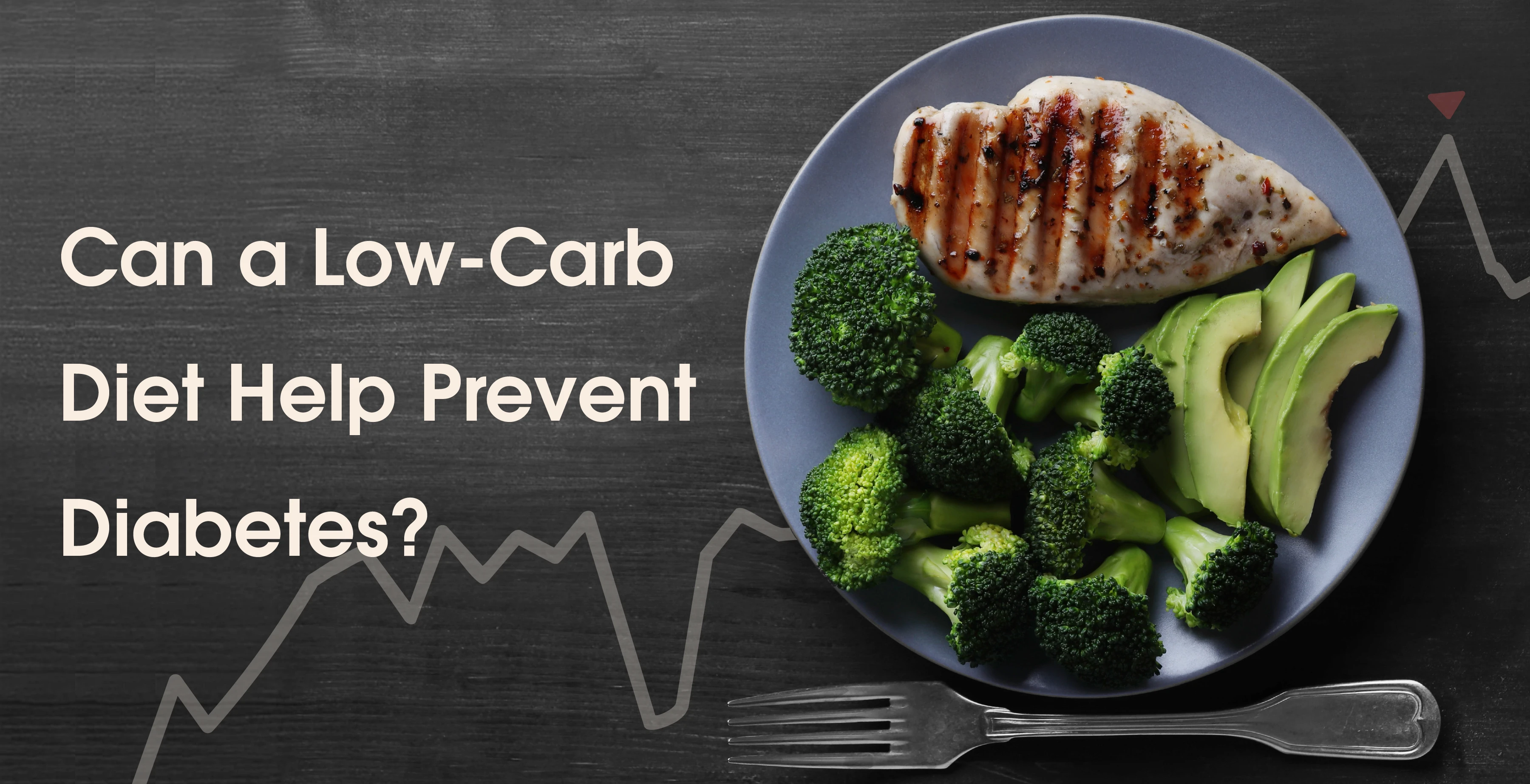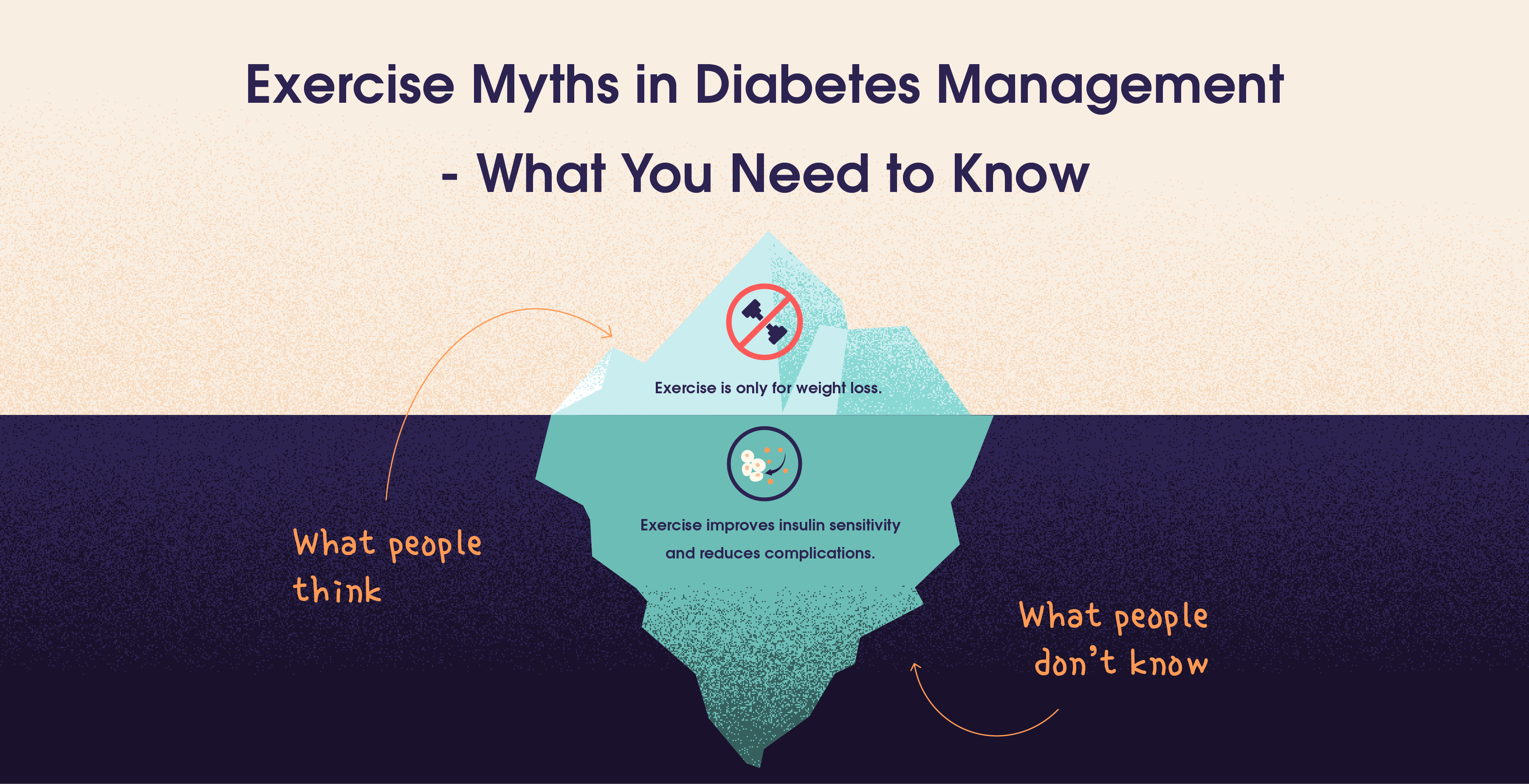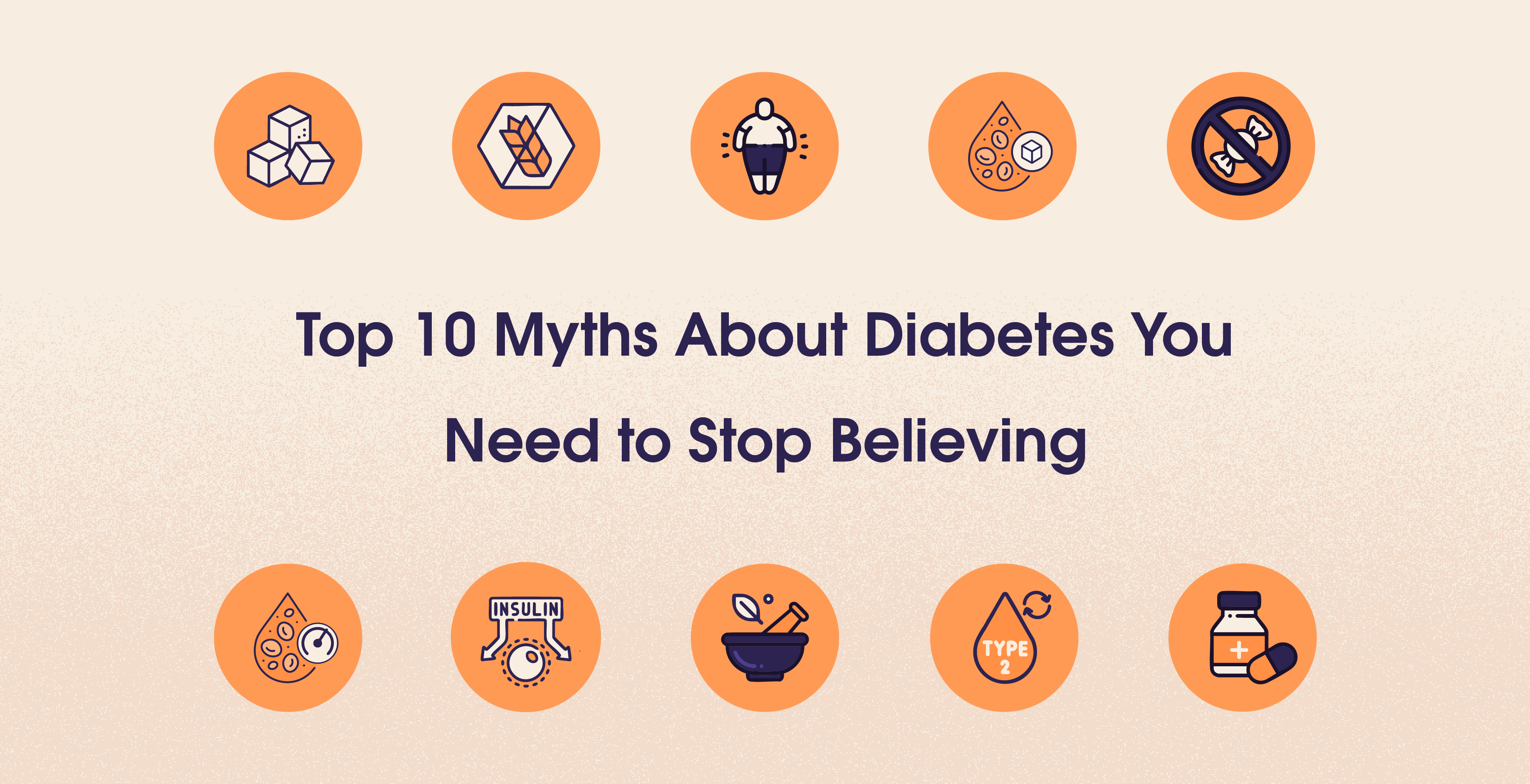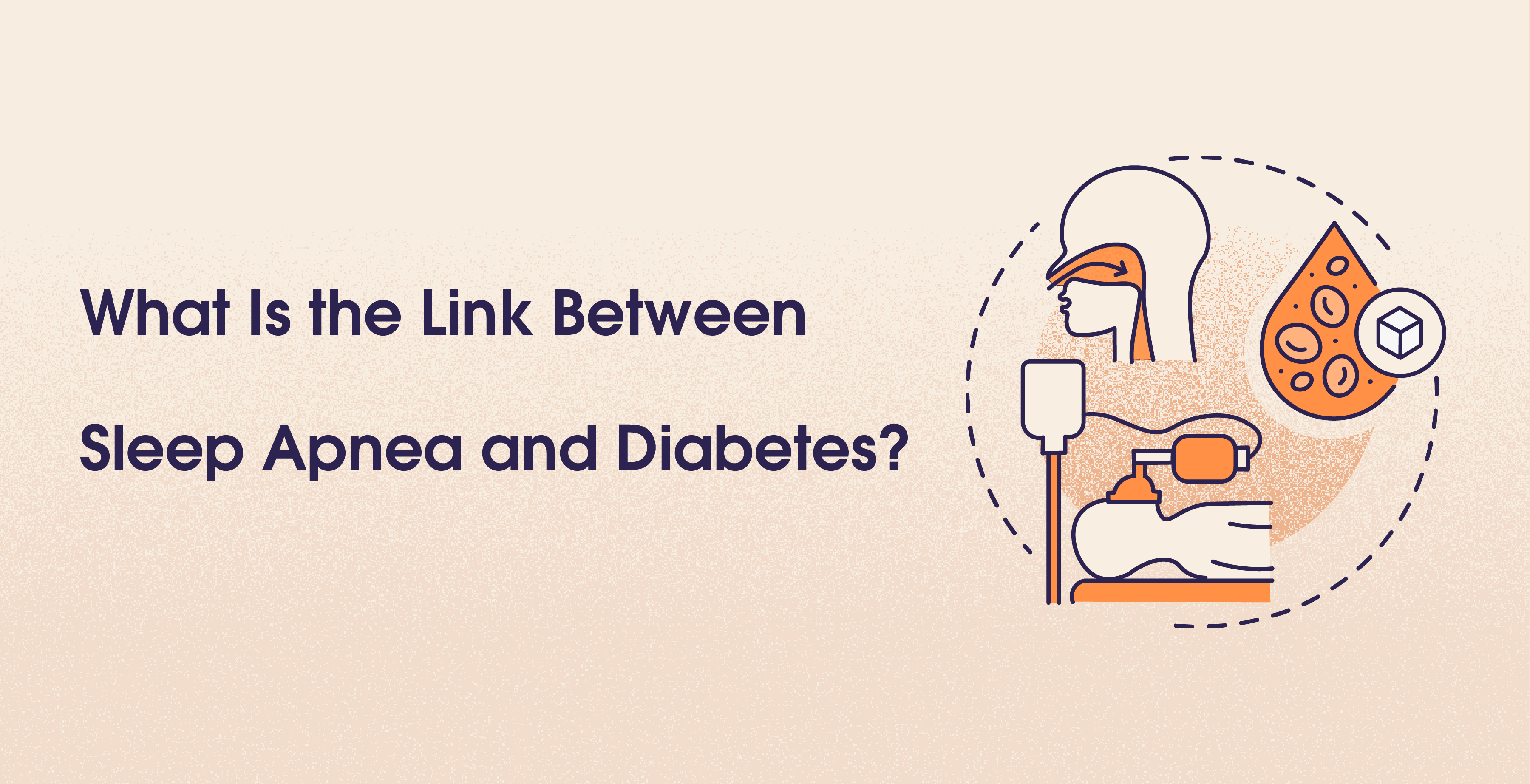Can a Low-Carb Diet Help Prevent Diabetes?
Jan 23, 2025
Sayfali Rawlani



Table Of Contents
When it comes to the buzzing world of diets and health, there’s one name that keeps popping up: the low-carb diet. It’s trendy, backed by anecdotes, and often touted as a magical key to preventing diabetes. But does cutting down on carbs really offer a surefire way to dodge diabetes, or is it just another diet fad? Let’s unpack this with a fresh perspective.
Highlights
Carbohydrates often get blamed for increasing the risk of diabetes, but the type of carbs consumed plays a significant role.
Low-carb diets can reduce blood sugar spikes and improve insulin sensitivity, potentially lowering diabetes risk.
Refined carbs, like sugary snacks and white bread, are more harmful compared to fiber-rich, whole-grain carbs like quinoa and oatmeal.
A low-carb diet can include leafy greens, non-starchy veggies, healthy fats, and lean proteins to maintain balance and nutrition.
Over-restricting carbs might lead to issues like fatigue, mood swings, or nutrient deficiencies, emphasizing the need for moderation.
Replacing carbs with healthy fats and proteins is essential, as poor replacements can negatively impact heart health.
A holistic approach combining a low-carb diet with regular exercise, stress management, and quality sleep is more effective for diabetes prevention.
Sustainability and balance in eating habits are more important than extreme dietary restrictions.
Small, mindful dietary swaps can make a big difference, such as replacing sugary cereals with veggie-packed meals or soda with flavored sparkling water.
Ultimately, the best diet is one that aligns with your body’s needs and can be maintained over the long term.
Why Carbs Became the Villain of the Health World
Carbs, once our best buddies in the form of bread, rice, and pasta, somehow became the bad guy in recent decades. It’s easy to see why—they’re quick energy providers, but they also spike blood sugar levels. For people already at risk of diabetes, that sugar rollercoaster can wreak havoc. It’s like throwing gas on a fire. Naturally, the idea of ditching carbs seems like a solid strategy, right?
Well, yes and no. Cutting carbs might help regulate blood sugar, but it's not the whole story. The type of carbs you eat—whether it’s the processed, sugary stuff or the fiber-rich, whole-grain goodies—makes a world of difference. So, before you give your bagel the side-eye, let’s dig a bit deeper.
The Science Behind Low-Carb Diets and Diabetes Prevention
The logic is simple: fewer carbs mean less sugar entering your bloodstream. That translates to lower blood sugar spikes, which is crucial for those with prediabetes or insulin resistance. Low-carb diets force your body to rely on fat for fuel, a process called ketosis. This metabolic shift may improve insulin sensitivity, making it easier for your body to manage sugar levels.
But—and it’s a big but—our bodies are complex. Cutting carbs entirely can sometimes lead to nutrient deficiencies, mood swings, and even a lack of energy. Plus, not all fats or proteins that replace carbs are created equal. Replace carbs with loads of bacon and butter, and you might end up solving one problem only to create another.
Not All Carbs Are Created Equal
Picture this: a fluffy white bread roll versus a hearty bowl of oatmeal. Both are carbs, but they behave very differently once they’re in your system. The roll is digested in a flash, sending your blood sugar soaring and crashing soon after. The oatmeal, rich in fiber, takes its sweet time, giving you a steady release of energy.
That’s the thing about carbs—they’re not the enemy. Refined carbs, like cookies and white bread, might be troublemakers, but complex carbs like quinoa, beans, and sweet potatoes can be your allies. So, instead of demonizing all carbs, maybe it’s time to make smarter choices.
What Does a Low-Carb Diet Look Like?
If you’re thinking of going low-carb to prevent diabetes, it doesn’t mean surviving on eggs and avocados alone (though, who doesn’t love some guac?). A balanced low-carb diet might include:
Leafy greens like spinach and kale
Non-starchy veggies like zucchini and cauliflower
Healthy fats like nuts, seeds, and olive oil
Proteins like tofu, chicken, or fish
Notice something? It’s not just about cutting carbs but about what you’re replacing them with. Loading up on whole, unprocessed foods gives you a fighting chance at keeping your blood sugar in check without starving your body of essential nutrients.
The Mindset Shift
Diets aren’t just about what you eat. They’re about how you think about food. A low-carb diet might sound restrictive, but it can also be an opportunity to rethink your relationship with meals. It’s not about deprivation but about balance. Craving something sweet? A handful of berries can hit the spot. Missing that crunch? Try roasted chickpeas instead of chips.
Making these small swaps can feel empowering rather than punishing. After all, food is more than fuel—it’s comfort, culture, and connection.
The Potential Downsides
Before you toss out your carb stash, let’s pause for a sec. A low-carb diet isn’t a one-size-fits-all solution. Some folks thrive on it, while others struggle. Cutting too many carbs can leave you feeling sluggish, cranky, or even constipated (yep, fiber matters). There’s also the risk of overloading on fats or proteins, which, if not chosen wisely, can impact heart health.
Balance is key. A moderate reduction in carbs, rather than an extreme cut, might be a better approach for many people. It’s less about flipping your diet upside down and more about tweaking it for long-term sustainability.
Lifestyle Factors That Matter
Here’s the kicker: diet alone won’t cut it. Diabetes prevention is like a jigsaw puzzle, and a low-carb diet is just one piece. Regular exercise, quality sleep, and stress management are equally important. You can’t out-diet a sedentary lifestyle, nor can you undo stress-induced damage by avoiding bread.
Think of it as a holistic approach. Pairing a low-carb diet with daily walks, mindful breathing, and good sleep hygiene can amplify your results. It’s a team effort, not a solo act.
So, Can a Low-Carb Diet Prevent Diabetes?
In a nutshell: it can help, but it’s not a magic bullet. A low-carb diet may reduce blood sugar spikes, improve insulin sensitivity, and even aid in weight management—all factors that can lower your diabetes risk. But it’s just one part of the equation.
What truly matters is the quality of your food, your activity levels, and your overall lifestyle. Instead of fixating on carbs alone, think about creating a diet and routine that works for your body and feels good for your soul.
Final Thoughts
At the end of the day, the best diet is the one you can stick to. If a low-carb lifestyle feels right for you, go for it. But don’t let it become an obsession. Balance, variety, and joy in eating will always trump any strict diet plan. After all, health isn’t just about the numbers on your plate—it’s about feeling your best in your own skin.
So, maybe start with small steps. Swap out sugary cereals for a veggie-packed omelet or trade that soda for sparkling water with a squeeze of lime. The journey to better health isn’t a sprint—it’s a marathon. And a delicious, satisfying one at that.
References
When it comes to the buzzing world of diets and health, there’s one name that keeps popping up: the low-carb diet. It’s trendy, backed by anecdotes, and often touted as a magical key to preventing diabetes. But does cutting down on carbs really offer a surefire way to dodge diabetes, or is it just another diet fad? Let’s unpack this with a fresh perspective.
Highlights
Carbohydrates often get blamed for increasing the risk of diabetes, but the type of carbs consumed plays a significant role.
Low-carb diets can reduce blood sugar spikes and improve insulin sensitivity, potentially lowering diabetes risk.
Refined carbs, like sugary snacks and white bread, are more harmful compared to fiber-rich, whole-grain carbs like quinoa and oatmeal.
A low-carb diet can include leafy greens, non-starchy veggies, healthy fats, and lean proteins to maintain balance and nutrition.
Over-restricting carbs might lead to issues like fatigue, mood swings, or nutrient deficiencies, emphasizing the need for moderation.
Replacing carbs with healthy fats and proteins is essential, as poor replacements can negatively impact heart health.
A holistic approach combining a low-carb diet with regular exercise, stress management, and quality sleep is more effective for diabetes prevention.
Sustainability and balance in eating habits are more important than extreme dietary restrictions.
Small, mindful dietary swaps can make a big difference, such as replacing sugary cereals with veggie-packed meals or soda with flavored sparkling water.
Ultimately, the best diet is one that aligns with your body’s needs and can be maintained over the long term.
Why Carbs Became the Villain of the Health World
Carbs, once our best buddies in the form of bread, rice, and pasta, somehow became the bad guy in recent decades. It’s easy to see why—they’re quick energy providers, but they also spike blood sugar levels. For people already at risk of diabetes, that sugar rollercoaster can wreak havoc. It’s like throwing gas on a fire. Naturally, the idea of ditching carbs seems like a solid strategy, right?
Well, yes and no. Cutting carbs might help regulate blood sugar, but it's not the whole story. The type of carbs you eat—whether it’s the processed, sugary stuff or the fiber-rich, whole-grain goodies—makes a world of difference. So, before you give your bagel the side-eye, let’s dig a bit deeper.
The Science Behind Low-Carb Diets and Diabetes Prevention
The logic is simple: fewer carbs mean less sugar entering your bloodstream. That translates to lower blood sugar spikes, which is crucial for those with prediabetes or insulin resistance. Low-carb diets force your body to rely on fat for fuel, a process called ketosis. This metabolic shift may improve insulin sensitivity, making it easier for your body to manage sugar levels.
But—and it’s a big but—our bodies are complex. Cutting carbs entirely can sometimes lead to nutrient deficiencies, mood swings, and even a lack of energy. Plus, not all fats or proteins that replace carbs are created equal. Replace carbs with loads of bacon and butter, and you might end up solving one problem only to create another.
Not All Carbs Are Created Equal
Picture this: a fluffy white bread roll versus a hearty bowl of oatmeal. Both are carbs, but they behave very differently once they’re in your system. The roll is digested in a flash, sending your blood sugar soaring and crashing soon after. The oatmeal, rich in fiber, takes its sweet time, giving you a steady release of energy.
That’s the thing about carbs—they’re not the enemy. Refined carbs, like cookies and white bread, might be troublemakers, but complex carbs like quinoa, beans, and sweet potatoes can be your allies. So, instead of demonizing all carbs, maybe it’s time to make smarter choices.
What Does a Low-Carb Diet Look Like?
If you’re thinking of going low-carb to prevent diabetes, it doesn’t mean surviving on eggs and avocados alone (though, who doesn’t love some guac?). A balanced low-carb diet might include:
Leafy greens like spinach and kale
Non-starchy veggies like zucchini and cauliflower
Healthy fats like nuts, seeds, and olive oil
Proteins like tofu, chicken, or fish
Notice something? It’s not just about cutting carbs but about what you’re replacing them with. Loading up on whole, unprocessed foods gives you a fighting chance at keeping your blood sugar in check without starving your body of essential nutrients.
The Mindset Shift
Diets aren’t just about what you eat. They’re about how you think about food. A low-carb diet might sound restrictive, but it can also be an opportunity to rethink your relationship with meals. It’s not about deprivation but about balance. Craving something sweet? A handful of berries can hit the spot. Missing that crunch? Try roasted chickpeas instead of chips.
Making these small swaps can feel empowering rather than punishing. After all, food is more than fuel—it’s comfort, culture, and connection.
The Potential Downsides
Before you toss out your carb stash, let’s pause for a sec. A low-carb diet isn’t a one-size-fits-all solution. Some folks thrive on it, while others struggle. Cutting too many carbs can leave you feeling sluggish, cranky, or even constipated (yep, fiber matters). There’s also the risk of overloading on fats or proteins, which, if not chosen wisely, can impact heart health.
Balance is key. A moderate reduction in carbs, rather than an extreme cut, might be a better approach for many people. It’s less about flipping your diet upside down and more about tweaking it for long-term sustainability.
Lifestyle Factors That Matter
Here’s the kicker: diet alone won’t cut it. Diabetes prevention is like a jigsaw puzzle, and a low-carb diet is just one piece. Regular exercise, quality sleep, and stress management are equally important. You can’t out-diet a sedentary lifestyle, nor can you undo stress-induced damage by avoiding bread.
Think of it as a holistic approach. Pairing a low-carb diet with daily walks, mindful breathing, and good sleep hygiene can amplify your results. It’s a team effort, not a solo act.
So, Can a Low-Carb Diet Prevent Diabetes?
In a nutshell: it can help, but it’s not a magic bullet. A low-carb diet may reduce blood sugar spikes, improve insulin sensitivity, and even aid in weight management—all factors that can lower your diabetes risk. But it’s just one part of the equation.
What truly matters is the quality of your food, your activity levels, and your overall lifestyle. Instead of fixating on carbs alone, think about creating a diet and routine that works for your body and feels good for your soul.
Final Thoughts
At the end of the day, the best diet is the one you can stick to. If a low-carb lifestyle feels right for you, go for it. But don’t let it become an obsession. Balance, variety, and joy in eating will always trump any strict diet plan. After all, health isn’t just about the numbers on your plate—it’s about feeling your best in your own skin.
So, maybe start with small steps. Swap out sugary cereals for a veggie-packed omelet or trade that soda for sparkling water with a squeeze of lime. The journey to better health isn’t a sprint—it’s a marathon. And a delicious, satisfying one at that.
References
Table Of Contents
Table Of Contents
Table Of Contents
Read More


Apr 2, 2025
Sayfali Rawlani


Feb 17, 2025
Aparna Hurtis


Feb 10, 2025
Aparna Hurtis



Company
Copyright © 2025 trst health. All right reserved.

